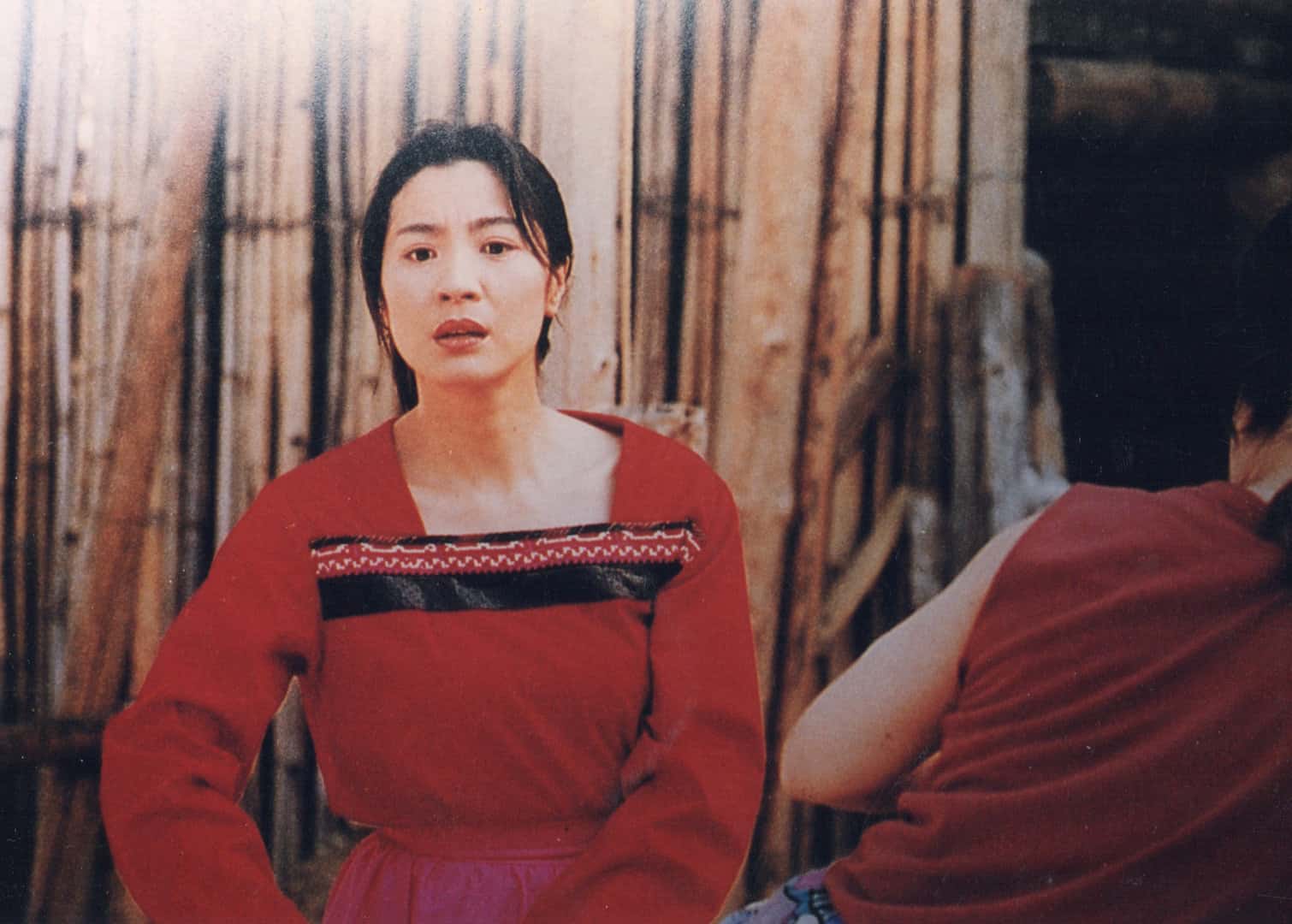Indian director Gurvinder Singh places his stories outside the urban setting. It is the rural and traditional environment that interests him above all. “Bitter Chestnut” is the second film after “Sea of Lost Time” to screen in competition at the Rotterdam International Film Festival. Singh completed both films in 2019.
The young protagonist in “Bitter Chestnut” struggles between two worlds. On the one hand, he wishes to go to the city. On the other, his parents expect him to continue working as a waiter in his aunt's small restaurant. It is a secure job and one does not give up such a job for an uncertain future in the city. Kishan should be happy about the chance he has. He wouldn't be able to get along anywhere else because of his laziness, his mother says. The 17-year-old tries to emancipate himself from his parents, but he finds it difficult to rebel. He is expected to be hardworking without complaining. He has to show respect to his elders, no matter if they criticize and belittle him at every opportunity. He is always expected to be focused, serious and submissive.
There are only a few scenes in which Kishan smiles and seems relaxed. When he is alone in the restaurant, preparing the meals and setting the tables, he seems cheerful. When a young woman walks by and asks him for help with her cell phone, he jokes. You can tell he doesn't do this often, because he's clumsy. And the woman is offended. Kishan also enjoys his bicycle, which he apparently bought with the money he earned himself. He proudly rides it through the uneven, rutted earth roads in his village.
First and foremost, “Bitter Chestnut” deals with traditions. The village where Kishan lives tries to protect itself from the influences of the “modern” world. Many of the young people leave to seek opportunities for development in the city. Many come back and tell of their adventures, some of which are very painful. Most of them find it difficult to assert themselves in the city. They do not find there the social cohesion of the village. The roles are fixed here, everyone knows where they belong.
Kishan embodies the longing of many young people to try out a new environment. His parents' expectations constrict him. But he is also unsure of what he can accomplish on his own. The film follows him over several months as the seasons change. “Bitter Chestnut” is a sensitive coming-of-age drama that eschews easy solutions. It raises more questions than it answers. Kishan was portrayed by Bhankheri Devi, who gives the character a believable naivety and genuineness.
In terms of rhythm, reduction of means, and image making, this is reminiscent of a documentary. This level is underlined by the fact that some protagonists are embodied by amateur actors. This certainly contributed to the fact that the images feel very authentic.
The weakness of “Bitter Chestnut” is its rather muddled structure. The film falls apart into two uneven parts. On one side, the viewer stays close to the main protagonist. On the other, it is interested in the social life and customs of the villagers. The two levels do not fit together quite so harmoniously. Depending on the sphere, the approach to create the images also differs. Sandeep Gn Yadav's cinematography lacks unity and a consistent concept.















